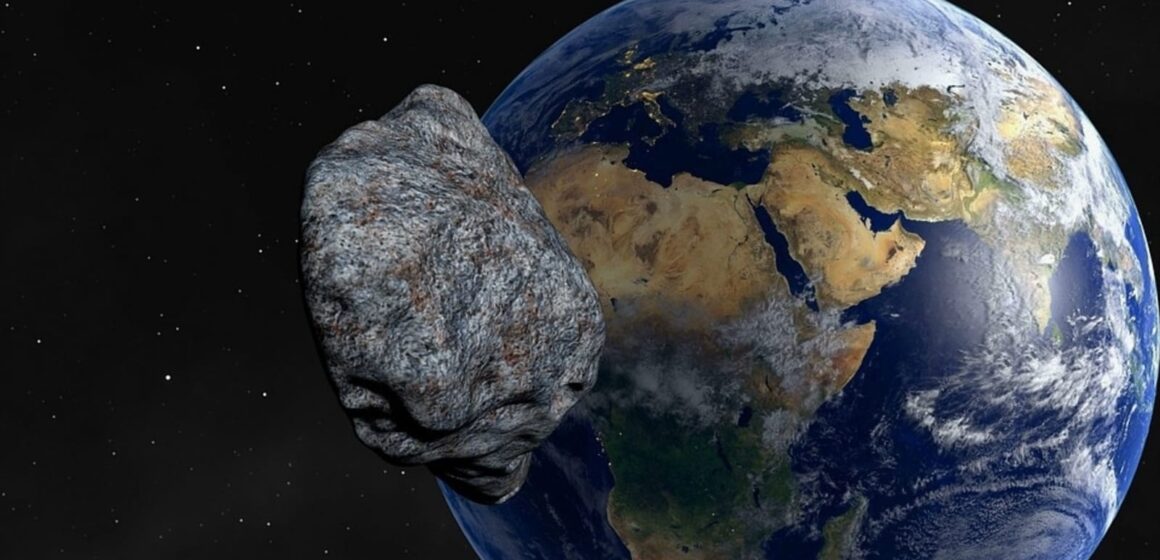NASA’s Center for Near-Earth Object Studies (CNEOS) is responsible for monitoring all known near-Earth objects (NEOs) and assessing their potential risk of impact. Scientists are actively scanning the sky with the latest technological tools, including telescopes, ground-based observatories and satellites, to identify any unknown asteroids that may pose a collision risk. To detect such hazards, NASA implemented the NEO Observation Program, which focuses on the detection, tracking, and characterization of NEOs, particularly those that could potentially threaten Earth. NASA deployed the NEOWISE spacecraft to locate these potential asteroid threats.
NASA’s WISE (Wide-field Infrared Survey Explorer) spacecraft was an infrared wavelength astronomical space telescope. In 2013, the spacecraft was given a new mission as NEOWISE to help find near-Earth asteroids and comets.
Asteroid 2023 JS4 terror
According to NASA’s Asteroid Data Tracking page, Asteroid 2023 JS4 is set to make a close approach to Earth today, May 18, at a distance of just 3.86 million miles as it hurtles through space at a high speed of 30,000 miles per hour. . This asteroid, classified in the Apollo group, was discovered very recently on May 14, 2023. The-Sky.org reveals that it completes a complete orbit around the Sun approximately every 1,473 days.
Whenever a near-Earth object (NEO) approaches within 4.6 million miles, or 7.5 million kilometers, that is larger than about 150 meters, NASA’s Planetary Defense Coordination Office issues a warning. Fortunately, this asteroid is not a potential threat, but keeping a close eye on this fast approaching space rock is vital to avoid mishap.
Do asteroids hit planets?
Yes, they do! Sometimes asteroids collide with other celestial bodies in space, such as planets and moons, with potentially devastating consequences. A notable example is the devastating event that occurred 65 million years ago that led to the death of the dinosaurs on Earth. Several theories suggest that the asteroid impact released a huge amount of energy, causing widespread environmental changes that eventually led to the extinction of the dinosaurs and many other species. To reduce the risk of such catastrophic events, NASA and other space agencies maintain continuous monitoring of potential asteroid threats. Not only that, the Hubble Space Telescope snapped Jupiter after it was hit by Comet Shoemaker-Levy 9 in 1994 – leaving Earth-sized holes in the planet.


Leave a Reply